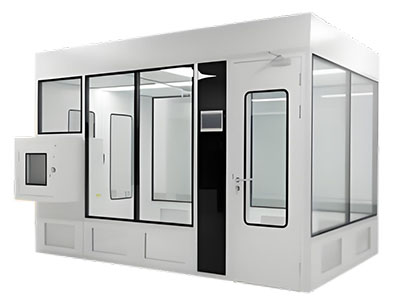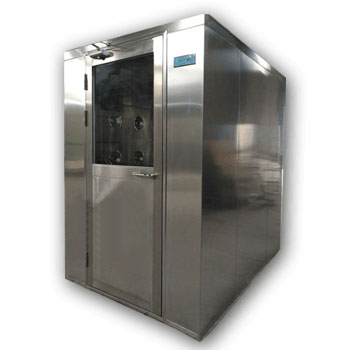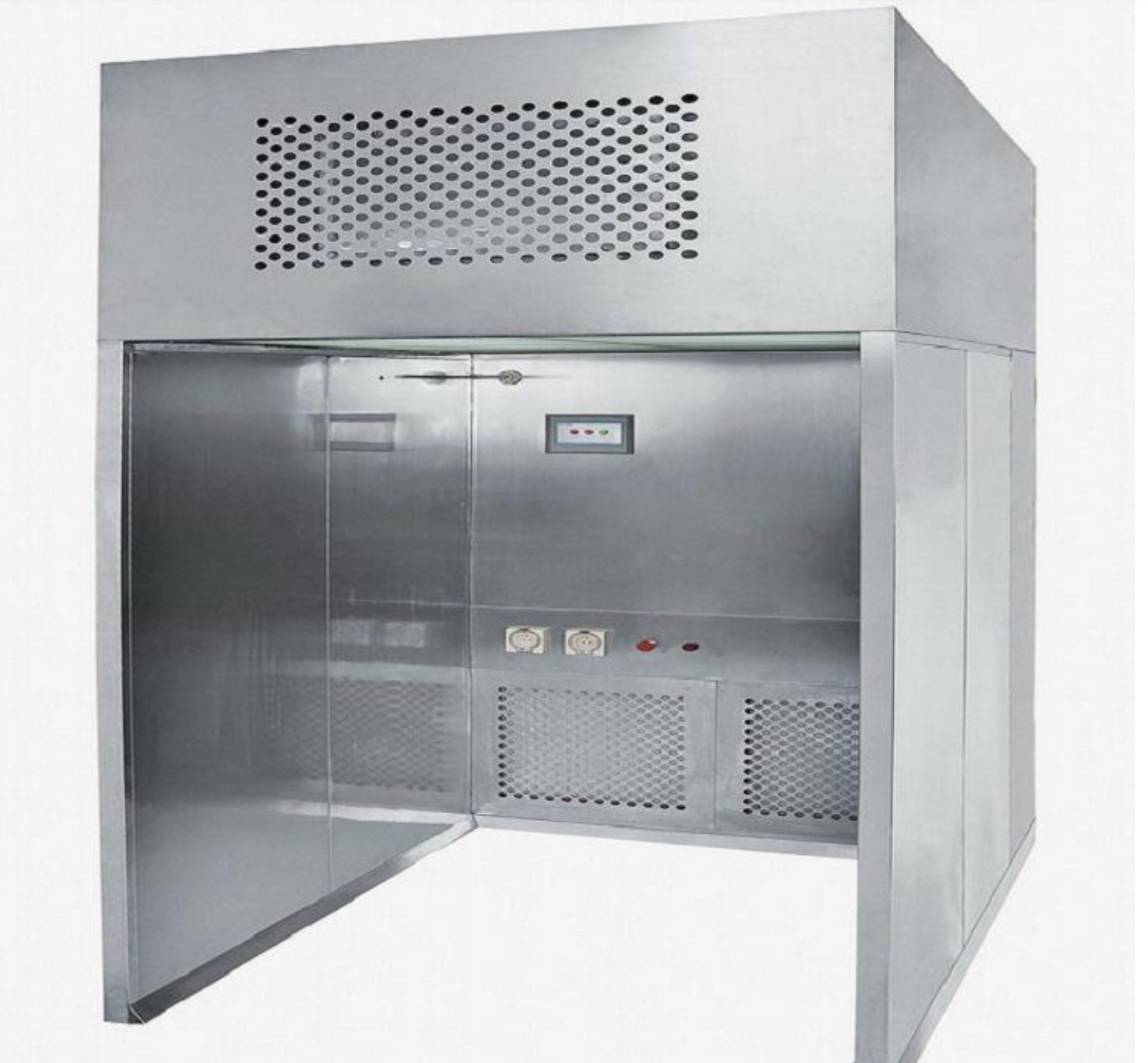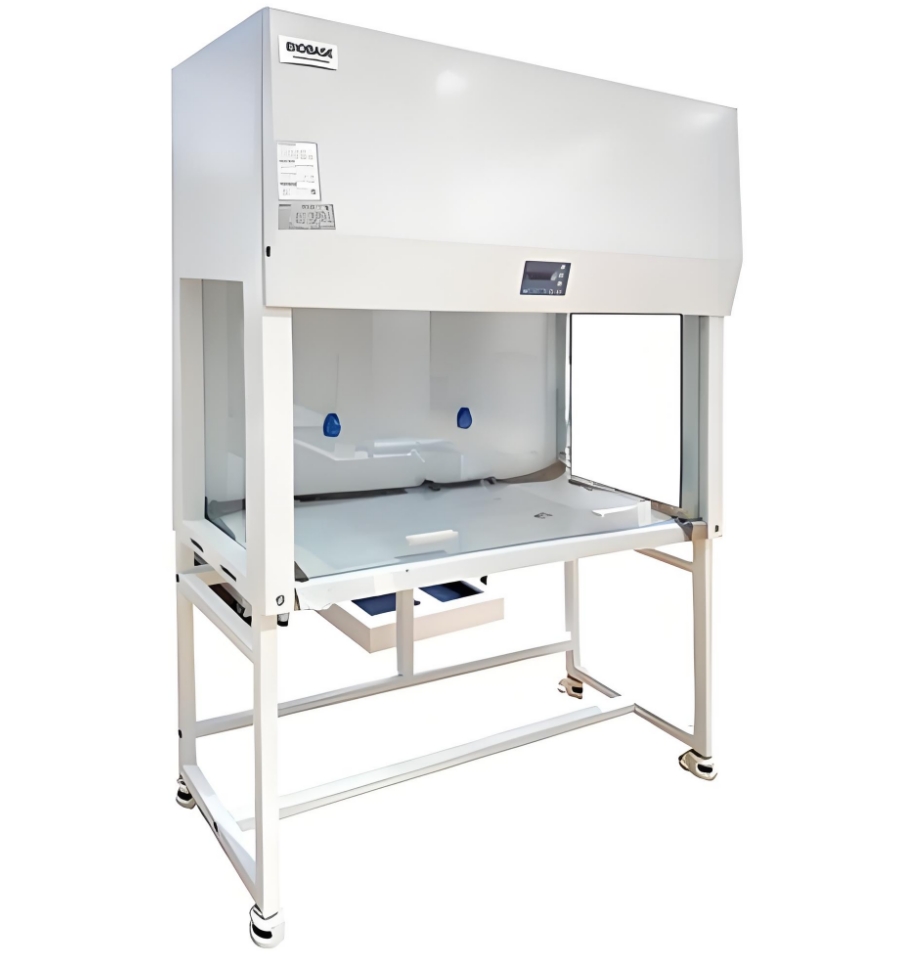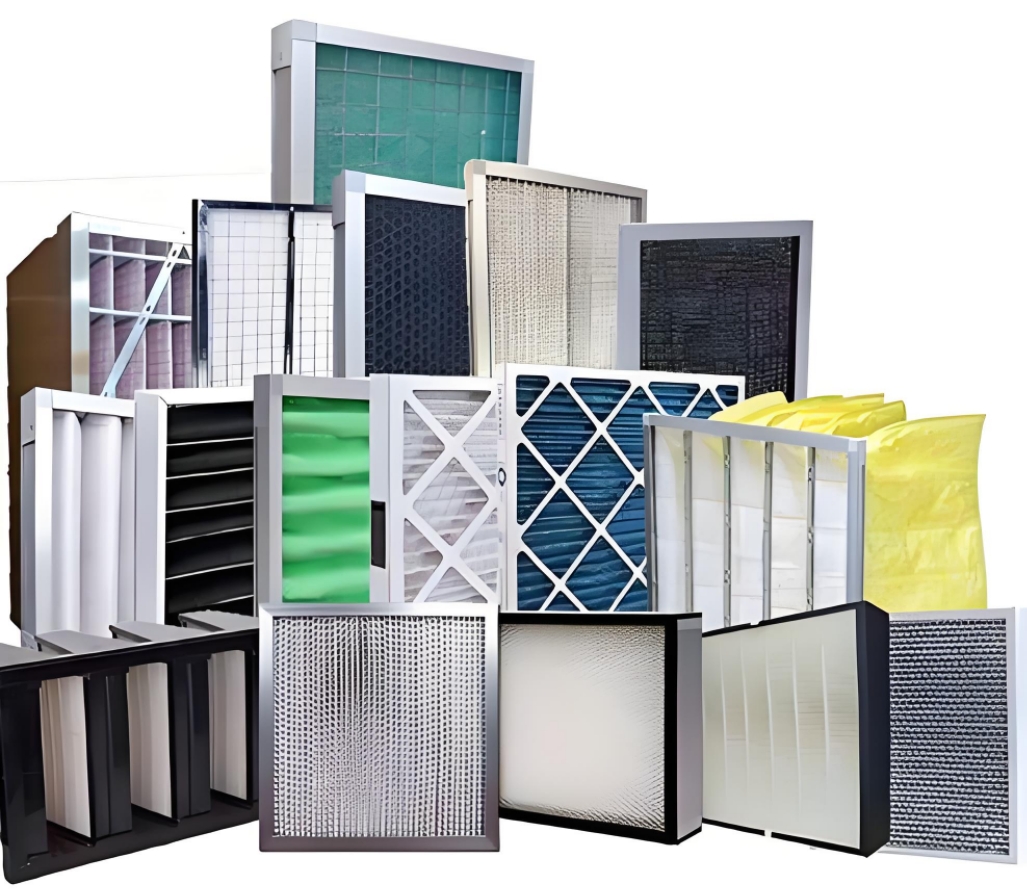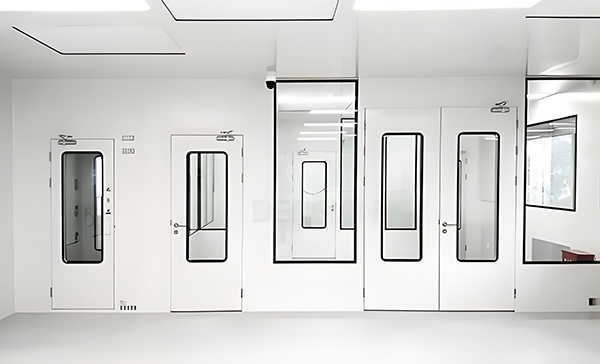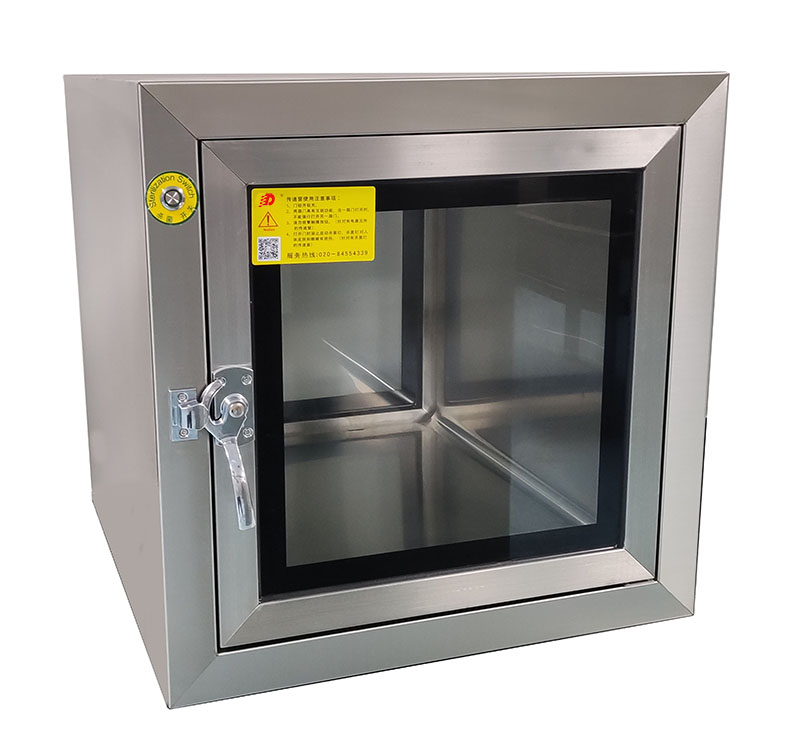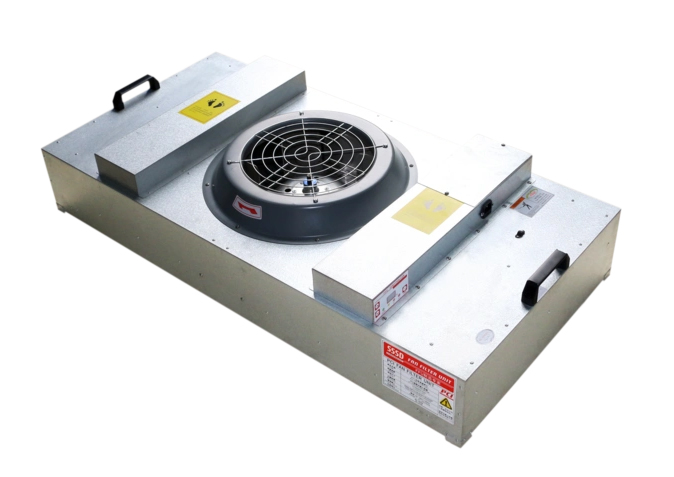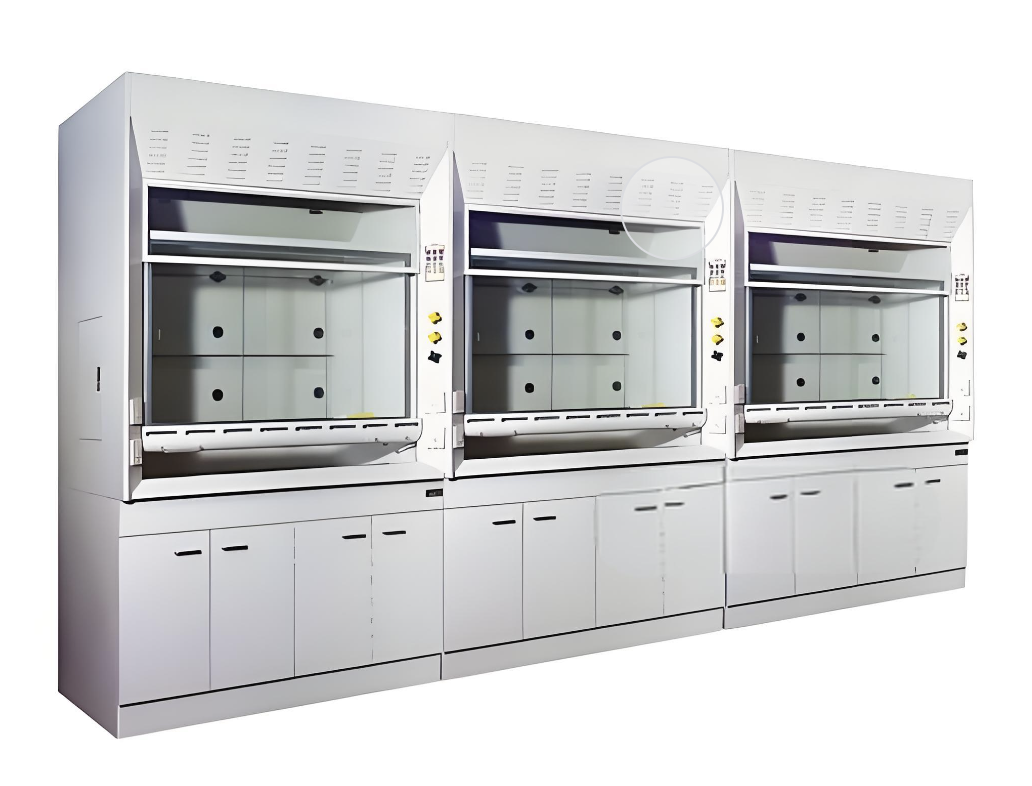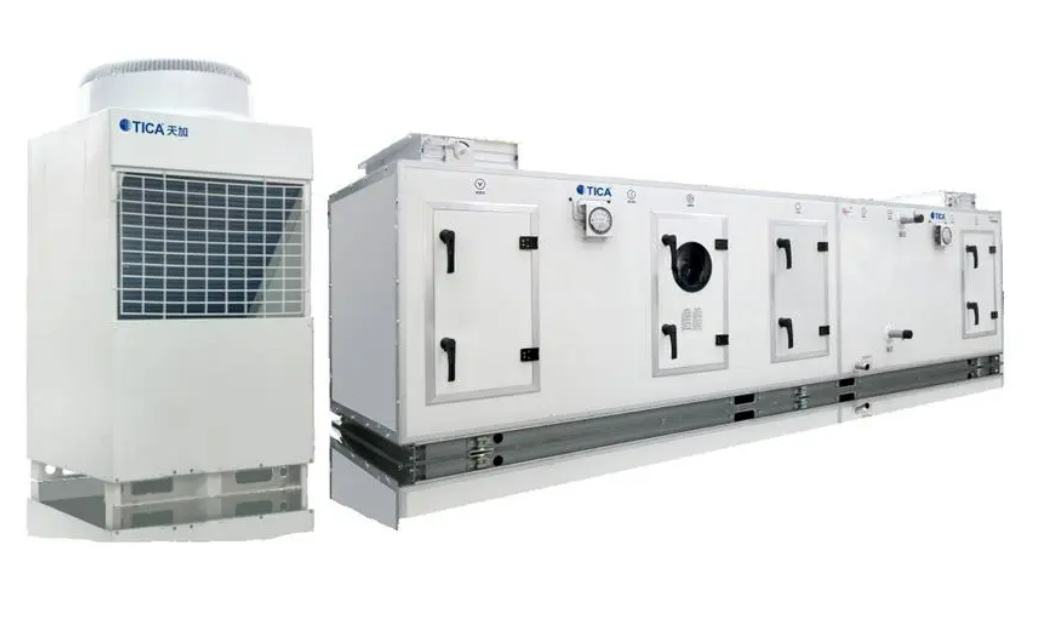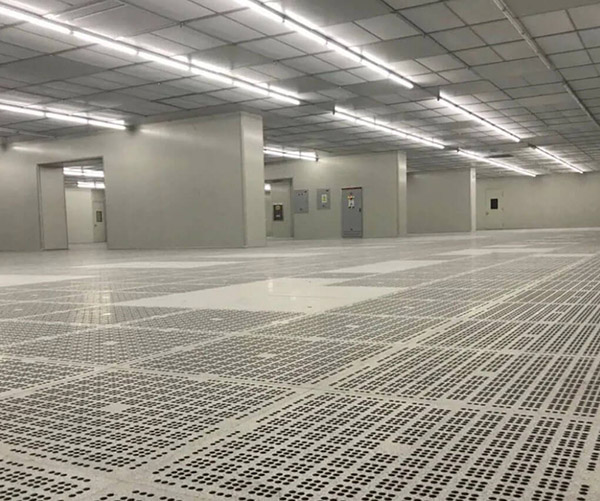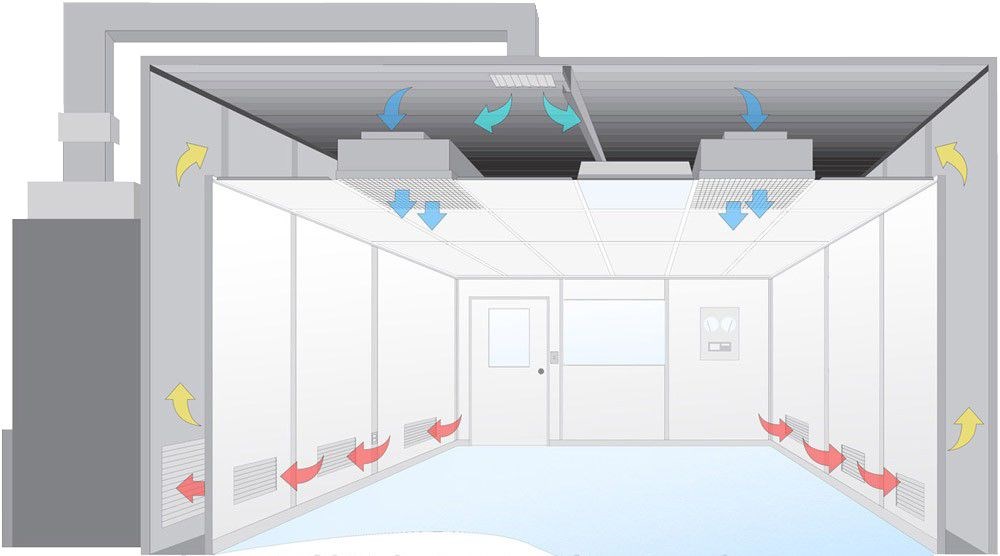The Role of Clean Rooms in Computer Manufacturing
Understanding the importance of controlled environments in technology production
With the rapid development of modern technology, computers have become an indispensable part of our lives. Although we do not need A Clean Room environment when assembling a computer, the production of its core components cannot be separated from the support of a clean room. This article will analyze the importance of modular clean rooms in computer manufacturing from multiple aspects.
Conclusion
Although the assembly process of computers does not require a clean room, the production of its core components and display screens cannot be separated from the support of clean rooms. The environmental control of clean rooms is essential to ensure product quality. Understanding this knowledge will help consumers better understand the complexity and technical requirements of computer manufacturing.
Relevant Industry Standards and Specifications
ISO 14644-1
Air cleanliness classification standard for clean rooms and controlled environments.
ISO 5
Clean room standard for Semiconductor manufacturing and high-precision components.
ISO 6-7
Standards for display production and other precision manufacturing processes.
 +86 18186671616
+86 18186671616 Jason@cleanroomequips.com
Jason@cleanroomequips.com
 MENU
MENU

